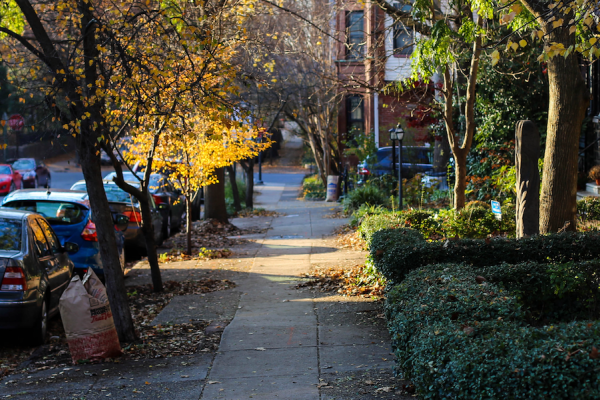Advanced Search
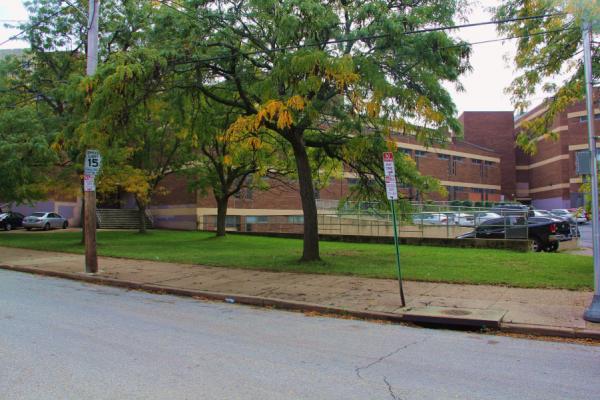
This photo was taken in the fall of 2013 following the building’s closing. The view is from Warren St.
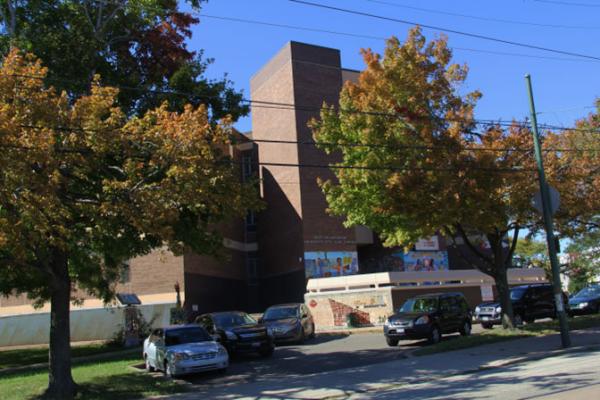
This photo was taken on 36th St. facing the main entrance of University City High School. It is the fall of 2013 just months after the School District of Philadelphia closed the 40-year-old building.
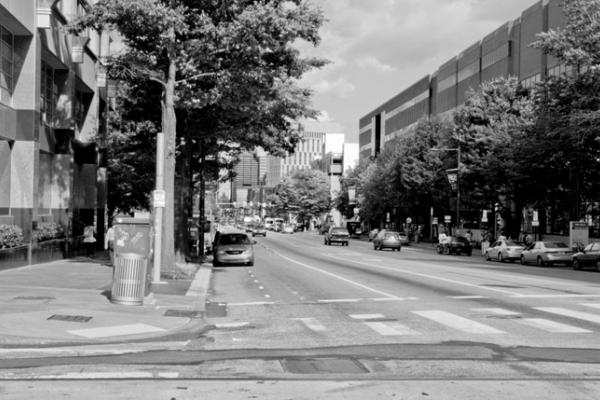
This contemporary view is east from the intersection of 36th & Market St. in the heart of the University City Science Center.
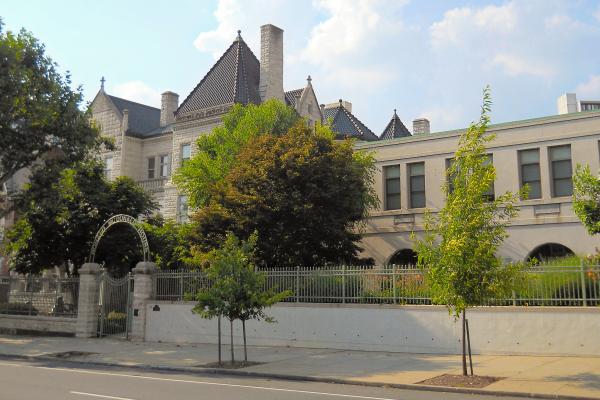
This Romanesque mansion at 39th & Chestnut streets was built for the publisher William S. Swain in 1893. For years the mansion served as a funeral home. Today, in a vastly expanded version, it is home to Ronald McDonald House.
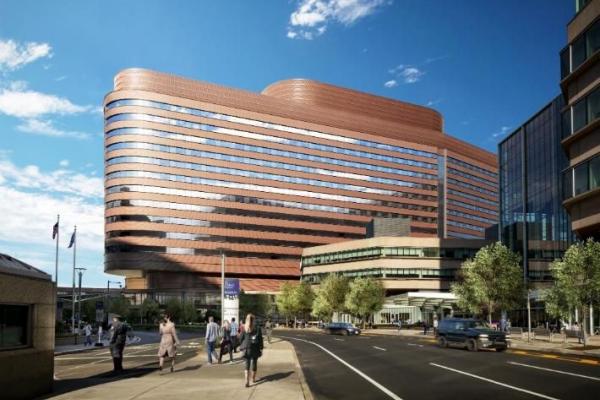
Construction began on the Penn Medicine Pavilion in May 2017. According to a Penn Medicine website, “The Pavilion will house 500 private patient rooms and 47 operating rooms in a 1.5 million square foot, 17-story facility across from the Hospital of University of Pennsylvania and adjacent to the Perelman Center for Advanced Medicine. This gigantic structure will offer patients the tremendous benefits of state-of-the-art hospital-room designs, laboratories and treatment facilities, and advanced technologies. Priced at $1.5 billion, the Pavilion is scheduled to open in 2021.
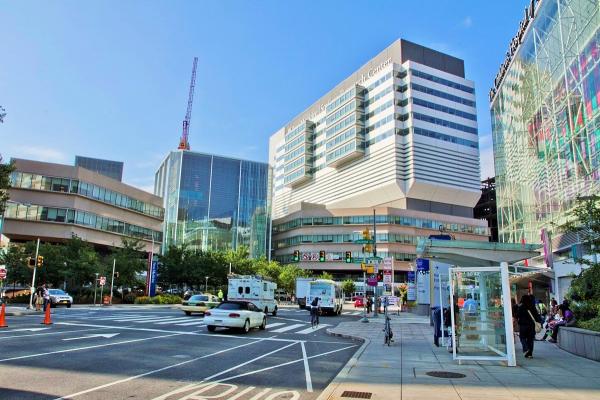
This photo shows part of the Penn Medicine healthcare and health sciences research complex on the north side of Civic Center Boulevard, opposite CHOP’s main hospital. The blue-tone building (left center) is the Ronald G. Perelman Center for Advanced Medicine, which is the primary site for HUP’s state-of-the-art clinical services and laboratories. The Smilow Center for Translational Research rises above it (right center).
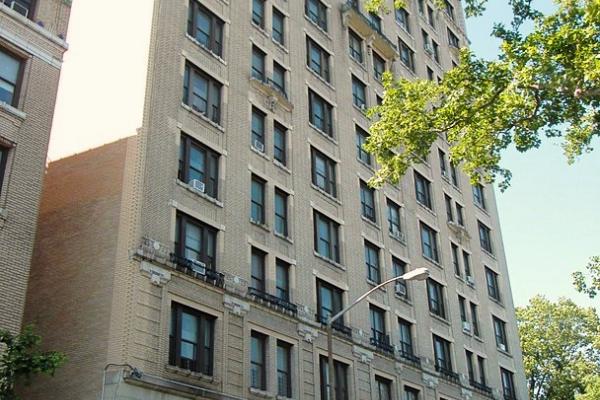
Paul Robeson and his family resided at 555 Edgecombe Avenue, a 13-story, private apartment building near the Harlem River, from 1939–41. The building is a National Historical Landmark honoring Robeson.
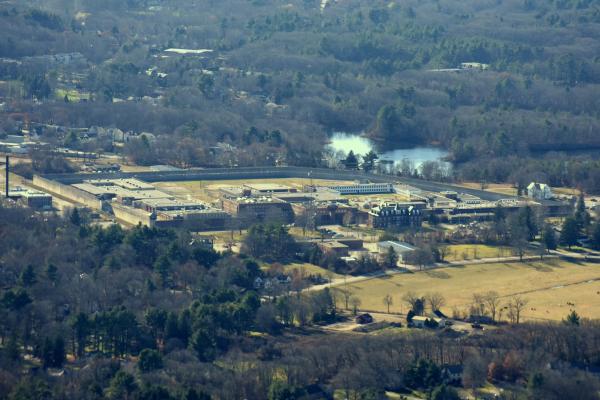
Contemporary aerial view of the Massachusetts Correctional Institution (MCI) at Concord, on Route 2 in Concord, Massachusetts; before 1955 named the Massachusetts Reformatory at Concord, where Malcolm Little was incarcerated for 15 months between 1947 and 1948. Here, influenced by family members, Malcolm had the first inklings of his conversion to the version of Islam practiced by the Nation of Islam
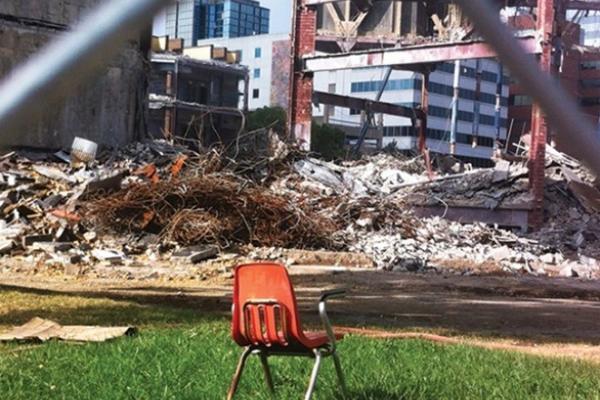
A solitary desk keeps watch in the rubble of UCHS. This iconic photo was taken by Elaine Simon in September of 2015 and was published in “Witness to a Demolition,” Pennsylvania Gazette, 23 February 2017. Quoting Simon, a daily documenter of the site, the article reads: “Her goal was to ‘capture the stages of demolition as a way to remember the site and make a statement about cycles of destruction, displacement, and development.’ Noting that Drexel University, which bought the land from the district, ‘plans a shiny mixed-use development called University City Square,’ she asks: ‘Was this urban renewal all over again?’”
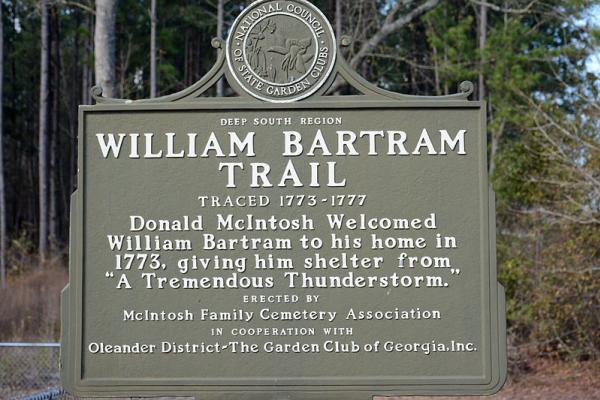
William Bartram left a significant imprint on the Deep South. Numerous markers trace and memorialize the course of his travels in the wilderness that was once the Georgia uplands.

